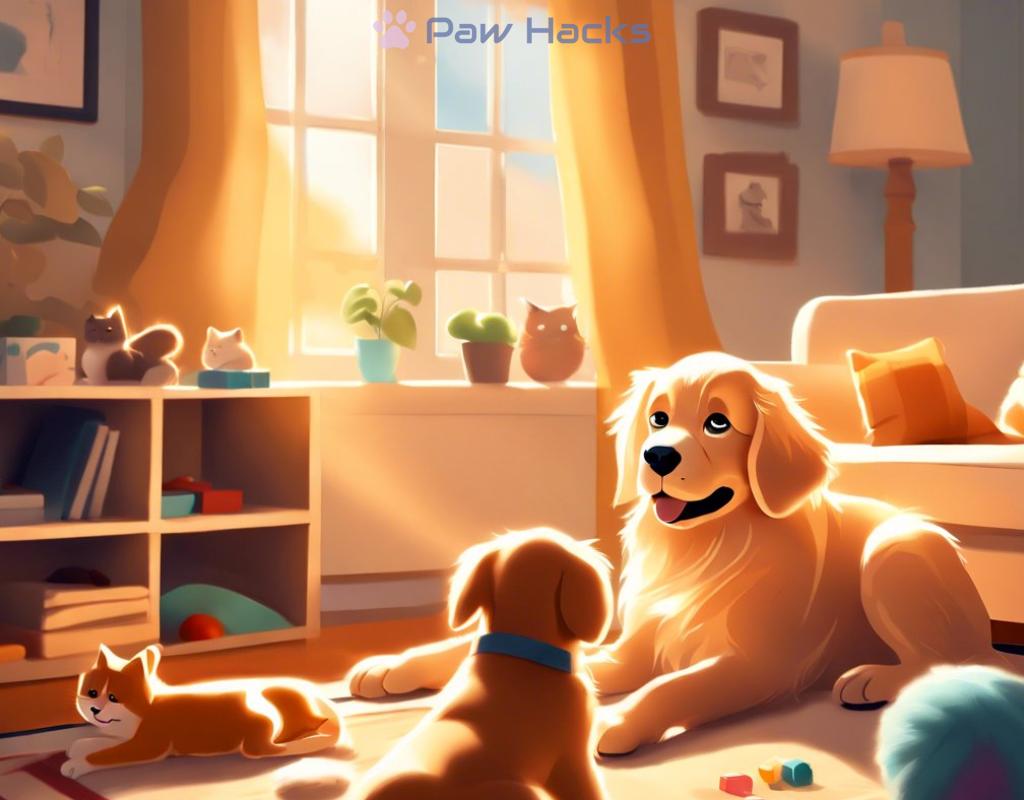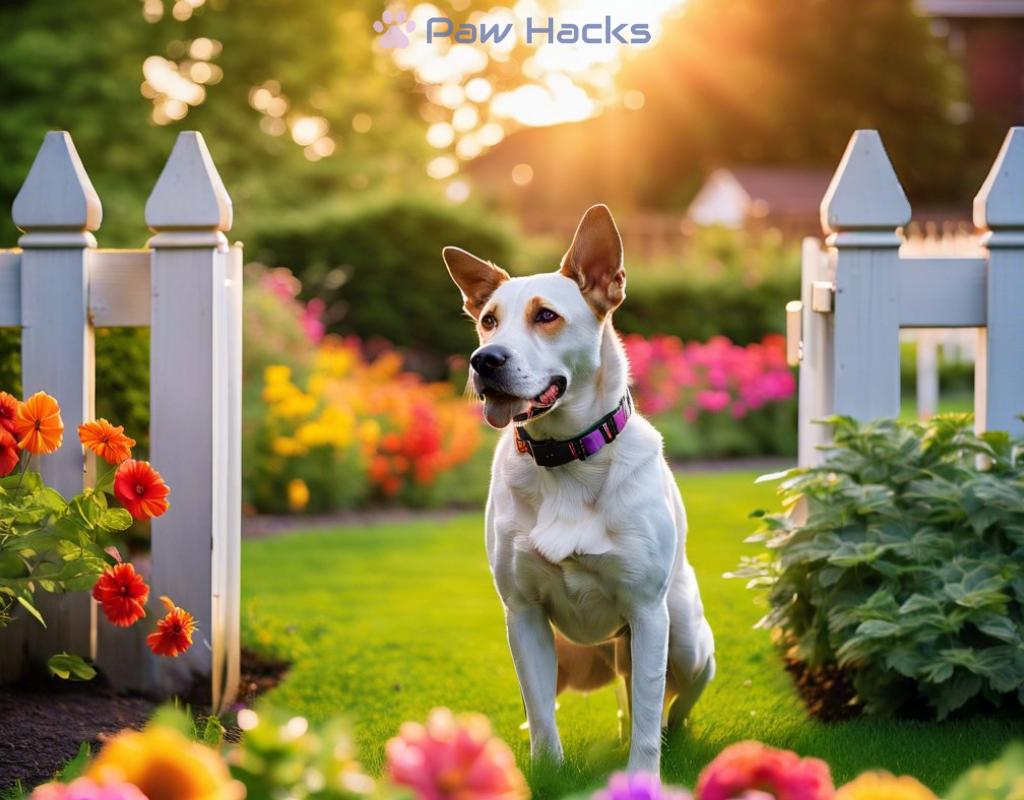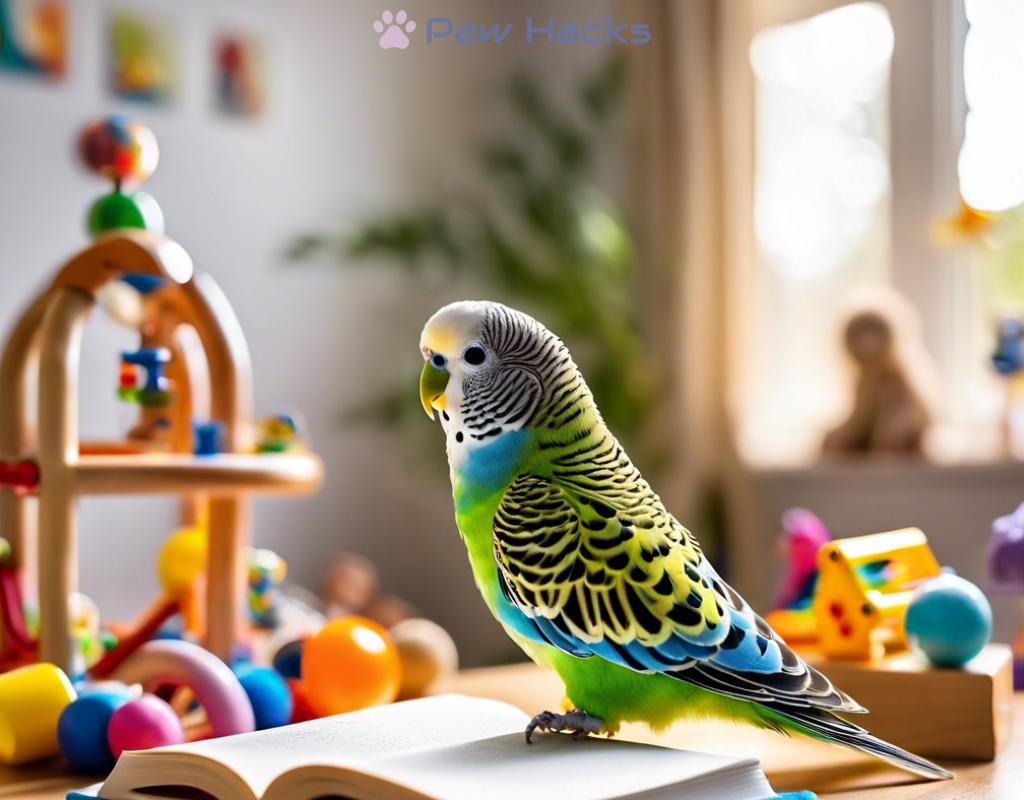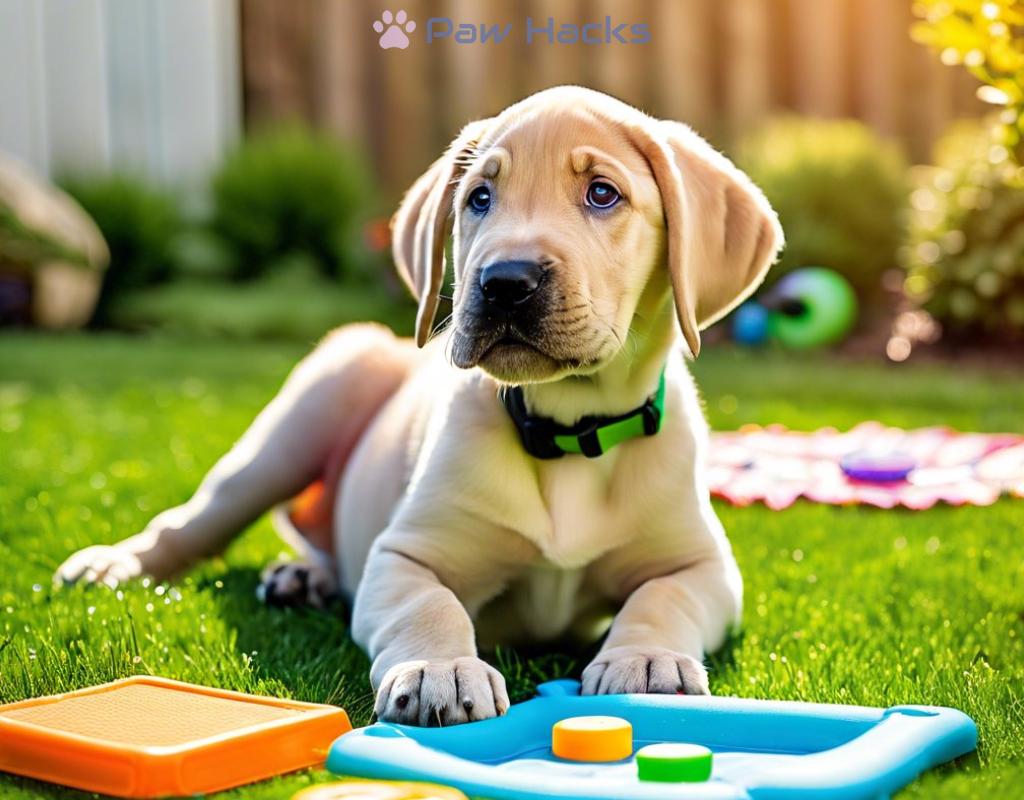Socializing Puppies with Cats
Understanding the Basics: Why Socializing Puppies with Cats is Essential
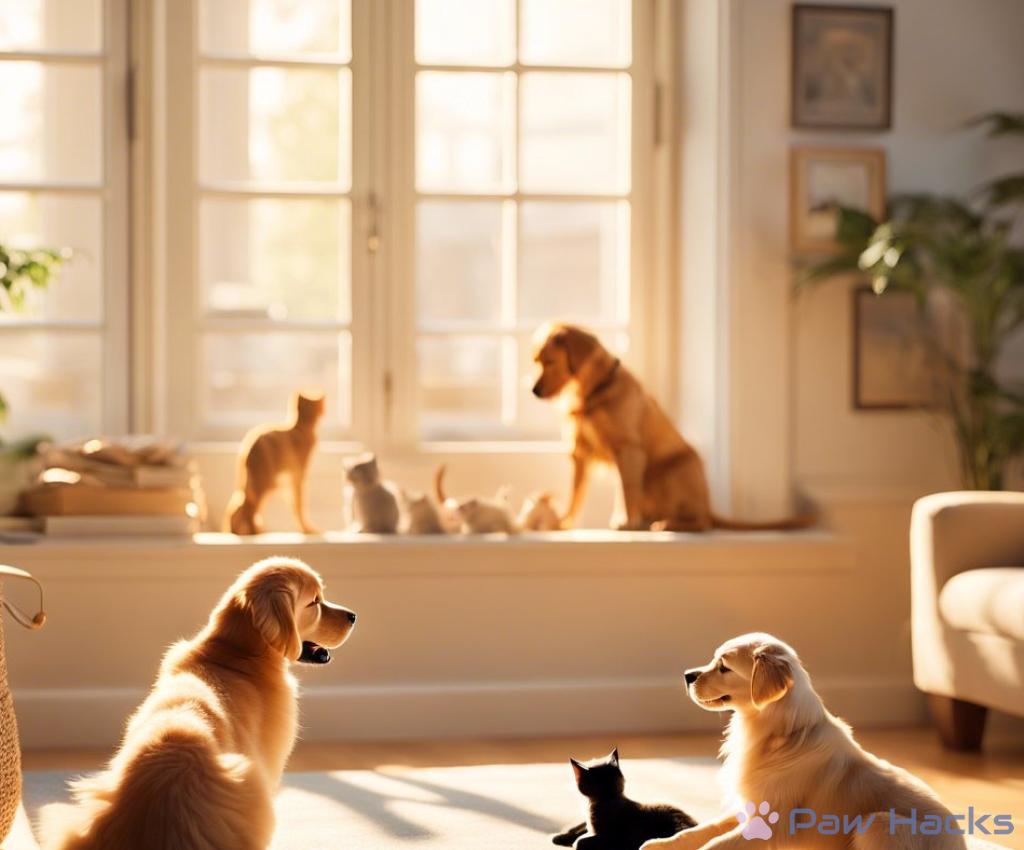
Socializing puppies with cats is not just a whimsical idea; it’s a crucial part of their development. Early socialization helps puppies learn how to interact with other animals and people, fostering a well-rounded personality. This foundation can significantly reduce behavioral issues later in life, ensuring that your furry friends coexist harmoniously.
When puppies are introduced to cats at a young age, they learn to respect boundaries and recognize social cues from their feline counterparts. This relationship can lead to a peaceful household, where both cats and dogs thrive together.
Creating a bond between puppies and cats comes with a myriad of benefits that can enhance the lives of both pets. Not only do they learn to coexist, but their interactions can also promote physical and mental health.
Here are some notable advantages:
- Reduced Anxiety: Exposure to different animals helps reduce anxiety and fearfulness in both puppies and cats.
- Improved Behavior: Socialized puppies are less likely to exhibit aggressive tendencies and are more adaptable to new situations.
- Enriched Environment: Having both a dog and a cat can provide a stimulating environment, leading to increased playfulness and engagement.
- Long-lasting Friendship: Early socialization can lead to lifelong bonds that enrich both animals’ lives.
To successfully socialize a puppy with a cat, you need a clear plan and patience. The journey can be rewarding but requires careful execution to ensure safety and comfort for both animals.
Here’s a simple guide to help you navigate through the process:
- Introduce Them Gradually: Start by allowing them to see each other from a distance.
- Use a Controlled Environment: Keep the cat in a safe space while allowing the puppy to explore.
- Encourage Positive Interactions: Reward both pets for calm behavior around each other.
- Supervise All Interactions: Always watch them closely until you are sure they can be trusted.
- Be Patient: Understand that each animal is different; some may take longer to adjust.
Following these steps can pave the way for a harmonious relationship between your puppy and cat.
Step-by-Step Guide: Introducing Your Puppy to a Cat Safely
Creating a Safe Space for Introduction
Before you bring your puppy and cat together, it’s important to establish a safe environment for both animals. This will help minimize stress and create a positive experience. Start by choosing a neutral area where neither animal feels territorial. Make sure there are plenty of escape routes for the cat and safe spots for the puppy to retreat if needed. A well-prepared space sets the stage for a smoother introduction.
Using Controlled Introductions
Once the environment is set, you can begin the process of introducing your puppy to the cat in a controlled manner. This phase is crucial, as it allows both pets to observe each other without direct interaction. Here’s how you can do it:
- Step 1: Scent Exchange – Before face-to-face meetings, swap their bedding or toys to familiarize them with each other’s scent.
- Step 2: Visual Introduction – Use a baby gate or crate to allow them to see each other without direct contact. Observe their reactions and reward calm behavior.
- Step 3: Leashed Meetings – When both animals seem comfortable, allow brief interactions while the puppy is leashed. Keep the meetings short and positive.
- Step 4: Gradual Increase in Interaction – Gradually increase the time they spend together, always monitoring their body language for signs of stress or aggression.
Monitoring Behavior and Progress
As your puppy and cat begin to interact more freely, it’s essential to remain vigilant. Here are some indicators to look for during this phase:
| Behavior | Interpretation |
|---|---|
| Playful Posture | Indicates a willingness to interact positively. |
| Hissing or Growling | Sign of discomfort; separate them immediately. |
| Relaxed Body Language | Shows that they are becoming more comfortable with each other. |
By closely monitoring their interactions and adjusting the introduction process as needed, you can foster a safe and harmonious relationship between your puppy and cat. With time, patience, and careful observation, your pets can become lifelong companions.
Signs of Acceptance: How to Recognize When Your Puppy and Cat Are Bonding
As your puppy and cat begin their journey of coexistence, recognizing the signs of acceptance between them is key to ensuring a harmonious household. The development of a bond takes time, but certain behaviors can indicate that your pets are not only comfortable with each other but are also starting to form a friendship. Observing these signs will give you peace of mind and help you facilitate their relationship further.
Behavioral Indicators of Bonding
One of the most noticeable signs that your puppy and cat are bonding is their willingness to share space. When both animals can be in close proximity without displaying signs of stress, such as growling or hissing from the cat, it indicates a level of comfort. Additionally, playful interactions can be a telltale sign; if you see your puppy gently inviting the cat to play, or if the cat initiates gentle swats at the puppy, it’s a strong indicator that they are beginning to accept each other.
Body Language to Watch For
Understanding body language is crucial in recognizing the acceptance signs between your puppy and cat. Relaxed postures are essential; if your puppy is wagging its tail and your cat has its ears forward, it shows a friendly demeanor. Conversely, if you observe them grooming each other or lying down together, these are profound signs of acceptance and trust. It’s important to note that social grooming in cats is a sign of affection and can indicate that they feel safe around your puppy.
Shared Activities and Routine
Another positive sign of bonding is when your puppy and cat begin to engage in shared activities. Whether it’s playing together with toys or simply lounging in the same room, these actions signify that they are starting to enjoy each other’s company. If your puppy and cat can share meal times in the same area without showing signs of aggression or fear, it’s a milestone in their relationship. Remember, the key to building a lasting bond lies in patience and consistent positive interactions, so continue to encourage their friendship.
Common Challenges: Overcoming Obstacles When Socializing Puppies with Cats
Understanding Potential Hurdles
While the goal of socializing puppies with cats can be a rewarding endeavor, it often comes with its own set of challenges. Recognizing these obstacles early can help pet owners create a strategy to overcome them. Some common issues include fear, territorial behavior, and miscommunication between the two species. By being aware of these challenges, you can navigate the socialization process more effectively and ensure a smoother transition for both pets.
Fear and Anxiety: Addressing Emotional Barriers
Fear and anxiety can significantly hinder the socialization process. Puppies might feel intimidated by the presence of a cat, while cats may react defensively due to their natural instincts. It’s essential to approach this emotional barrier with understanding and patience.
- Gradual Exposure: Slowly introduce the puppy to the cat’s environment before any direct interactions.
- Safe Spaces: Ensure that both pets have areas where they can retreat if they feel overwhelmed.
- Positive Reinforcement: Use treats and praise to reward calm behavior during introductions.
These strategies can help alleviate fear and promote a more positive experience for both animals.
Territorial Behavior: Navigating Space Dynamics
Territorial instincts are another common obstacle in socializing puppies with cats. Cats are known for being possessive of their space, which can lead to aggressive behavior towards a newcomer. To manage territorial issues effectively, consider the following:
| Strategy | Description |
|---|---|
| Controlled Introductions | Utilize barriers like gates to allow them to observe each other without direct contact. |
| Designated Areas | Provide separate spaces for each pet, allowing them to feel secure in their territory. |
| Shared Activities | Encourage activities that require both animals to be present in a neutral area, promoting cooperation. |
By implementing these strategies, you can help reduce territorial disputes and foster a more harmonious environment.
Building Lifelong Friendships: Tips for Maintaining Harmony Between Puppies and Cats
Establishing a strong bond between your puppy and cat is an ongoing journey that requires attention and care. While the initial introduction is critical, maintaining harmony in their relationship is equally important for both pets’ well-being. Here are some effective strategies to nurture their friendship and ensure a peaceful coexistence.
Creating a Positive Environment
To foster a lasting friendship, it’s essential to create an environment that promotes comfort and safety for both your puppy and cat. This can be achieved through various means:
- Designate Safe Spaces: Ensure that both pets have their own areas where they can retreat and feel secure. This helps prevent any feelings of anxiety or territorial disputes.
- Encourage Playtime: Engage both pets in interactive play sessions that promote bonding. Use toys that can involve both animals, such as feather wands or tug ropes, to create a fun atmosphere.
- Maintain Routine: Keeping a consistent daily routine for feeding, playtime, and rest can provide stability, helping both pets feel secure in their environment.
Recognizing and Responding to Needs
Understanding the unique needs of both your puppy and cat is vital for sustaining their friendship. Each animal has different ways of communicating their feelings and desires, so being attuned to these signals will help you respond effectively.
- Monitor Body Language: Pay attention to their body language. Signs of relaxation, such as a wagging tail from the puppy and a cat with forward ears, indicate comfort, while hissing or growling from the cat may signal distress.
- Provide Individual Attention: Spend quality time with each pet separately to reinforce their individual bonds with you. This can help reduce feelings of jealousy and competition.
- Encourage Positive Interactions: Reward both pets when they engage positively with each other. Treats or verbal praise can reinforce good behavior and strengthen their connection.
Ongoing Socialization and Training
Socialization does not end after the initial introductions; it is an ongoing process. Regularly exposing both pets to various environments and experiences can help them adapt and thrive together.
- Regular Outings: Take your puppy and cat on supervised outings together, such as to a pet-friendly park. This can enhance their adaptability and reduce anxiety in new settings.
- Training Sessions: Incorporate training into their routine. Teaching your puppy commands and reinforcing good behavior around the cat can establish a more respectful relationship.
- Continuous Observation: Keep an eye on their interactions over time. Adjust your strategies based on how they respond to new situations and to each other.
By implementing these tips and remaining mindful of both your puppy’s and cat’s needs, you can cultivate a harmonious environment that supports their friendship. With dedication and care, you can ensure that your household remains a place of joy and companionship for both pets.
Share this content:
